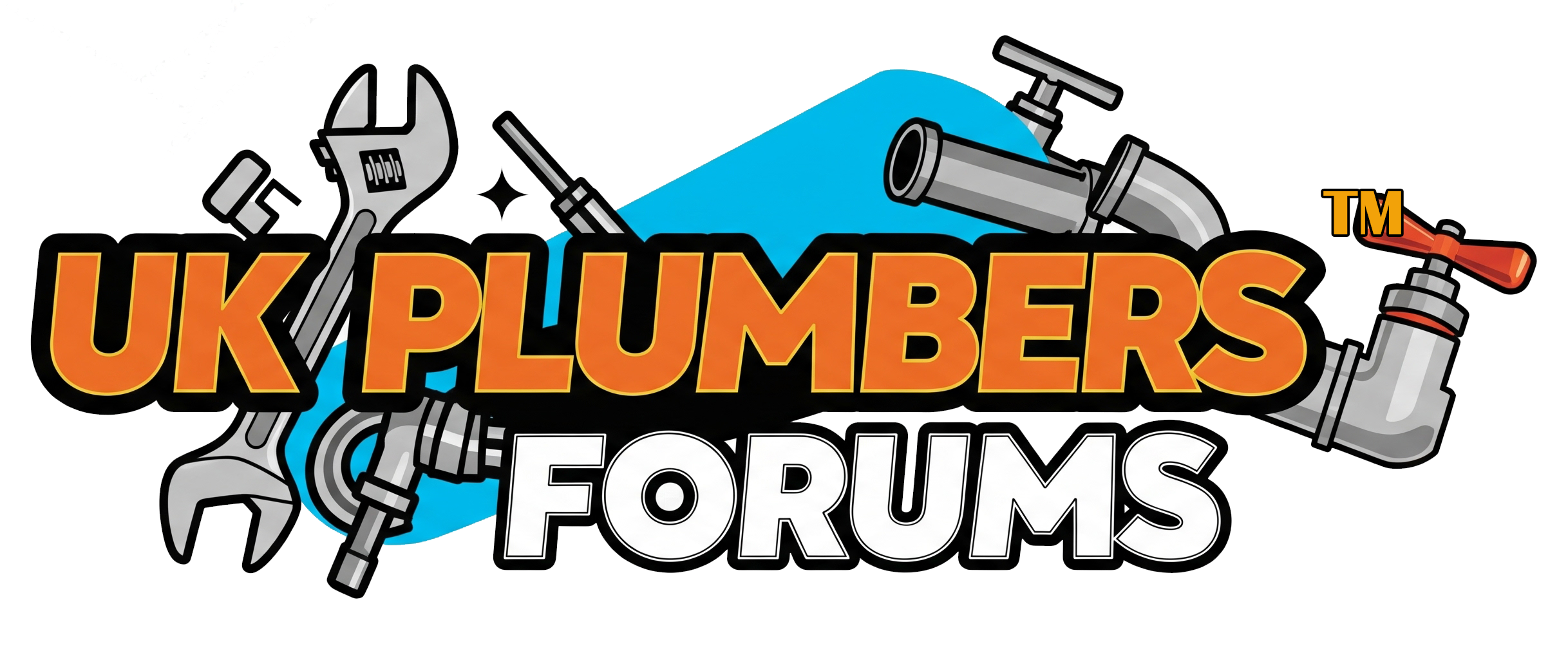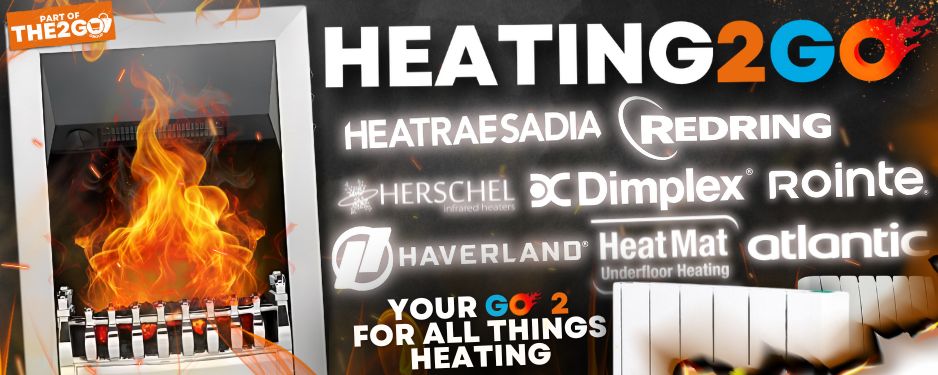S
student plumber
I have some plumbing experience but not in a domestic situation, so I thought I'll give one of there plumbing courses a try to give me a heads up before any practicals at training centre.
They said cutting pipe with saw can leave it ragged and you then have to clean it up and make sure it's square.
Much better to use a tube cutter. But here's the interesting bit.
No instruction to deburr inside or clean outside, connections were made with non-manipulative compression joints (yes you are reading this right), Tectite and pushfits which I think were JG Pushfits.
No instruction as to where compression could or couldn't be used (I can imagine the nightmare stories already, big leak, pull this down, tear this up), no minimum clip distances for plastic and copper (leaks, air locks).
The Tectite I thought had a bit of movement in, even if they didn't leak, and vertical pipes kept dropping in the clips, (I can imagine leaks or over zealous clipping not allowing for thermal expansion).
Did I learn anything, well yes actually.
Firstly, no matter how many times I've worked blind, having to replace a tap was much better if I'm on my back rather than kneeling and doing it by feel. Be prepared to get contorted and dirty.
Secondly, a leak was put in a pipe where a clip was, I was prepared to cut the pipe and re-join and move the clip slightly, but I was told I could just replace the pipe. Which is fair enough as it was only about a foot long but I was working on the principle if it was ten feet long and obstructions in the way.
Thirdly, had to put a tap in for a washing machine connection, no problem, having to measure how much pipe went into fittings and add it together made me realise how much I had taken the measuring for granted, and that included the insert for the plastic pipe. Plus the pipe kept dropping and had to prop it up.
Fourth, speed, do it quickly and properly.
Have any of you had to deal with a DIY lash up.
They said cutting pipe with saw can leave it ragged and you then have to clean it up and make sure it's square.
Much better to use a tube cutter. But here's the interesting bit.
No instruction to deburr inside or clean outside, connections were made with non-manipulative compression joints (yes you are reading this right), Tectite and pushfits which I think were JG Pushfits.
No instruction as to where compression could or couldn't be used (I can imagine the nightmare stories already, big leak, pull this down, tear this up), no minimum clip distances for plastic and copper (leaks, air locks).
The Tectite I thought had a bit of movement in, even if they didn't leak, and vertical pipes kept dropping in the clips, (I can imagine leaks or over zealous clipping not allowing for thermal expansion).
Did I learn anything, well yes actually.
Firstly, no matter how many times I've worked blind, having to replace a tap was much better if I'm on my back rather than kneeling and doing it by feel. Be prepared to get contorted and dirty.
Secondly, a leak was put in a pipe where a clip was, I was prepared to cut the pipe and re-join and move the clip slightly, but I was told I could just replace the pipe. Which is fair enough as it was only about a foot long but I was working on the principle if it was ten feet long and obstructions in the way.
Thirdly, had to put a tap in for a washing machine connection, no problem, having to measure how much pipe went into fittings and add it together made me realise how much I had taken the measuring for granted, and that included the insert for the plastic pipe. Plus the pipe kept dropping and had to prop it up.
Fourth, speed, do it quickly and properly.
Have any of you had to deal with a DIY lash up.


